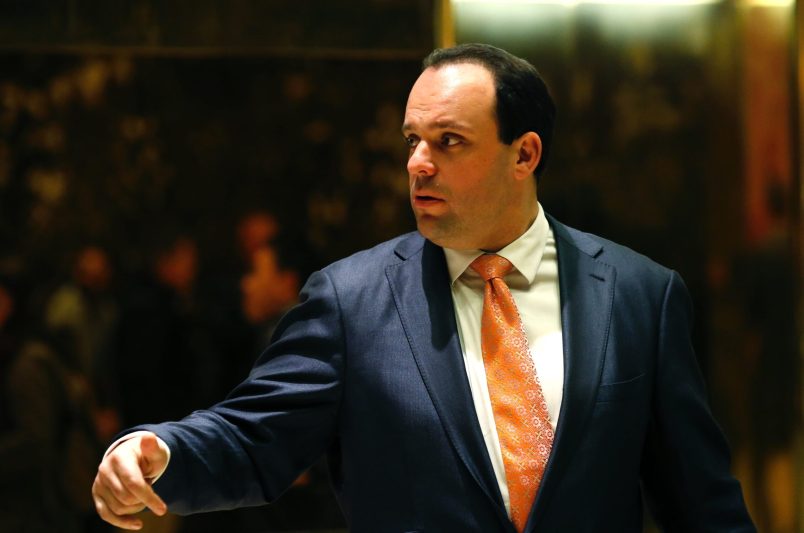More on that money funnelled to Jack Abramoff from Guam.
To recap the details, Abramoff’s clients in Guam paid him $324,000 in 36 separate checks for $9,000. They didn’t pay it to him directly but used a Laguna Beach, California attorney, Howard Hills, as the cut-out. The Guam clients sent the money to Hills; Hills sent it on to Abramoff, etc.
Now, as we also noted, the $9,000 number jumps out because it’s just shy of $10,000. And banks must report all transactions over $10,000 to federal regulators.
I was curious whether bundling payments like this is a crime even if there’s no other criminal activity tied to the transaction. And the answer seems to be: absolutely.
The law in question is 31 USC 5324(a). The relevant language reads: “No person shall, for the purpose of evading the reporting requirements … structure or assist in structuring, or attempt to structure or assist in structuring, any transaction with one or more domestic financial institutions.”
For the non-lawyers among us, the crime of “structuring” is put into more colloquial English in this government Bulletin on financial crimes: “Designing a transaction to evade triggering a reporting or recordkeeping requirement is called âstructuring.â Structuring is a federal crime, and must be reported by filing a Suspicious Activity Report (SAR).”
The bulletin provides this example: “A customer breaks a large transaction into two or more smaller transactions. A man wants to conduct a transaction involving $12,000 in cash. However, knowing that the cash threshold of more than $10,000 for filing a CTR would be met, he conducts two cash transactions of $6,000 each.”
Sounds familiar, doesn’t it?
Now, as you know, I’m not a lawyer. And though I’ve discussed this matter with several lawyers over the course of the day, it’s certainly possible that there’s some detail I’ve missed which makes the cited law not apply.
There seems to be some conflict, for instance, between lawyers and bank officers who’ve written in over whether the law in question applies to checks or only to cash, bank orders, etc. (And if the federal law in question doesn’t apply, what explains the $9,000 increments?)
But from what I’ve been able to glean so far at least, this looks like a textbook example, pretty much on its face, of a federal crime — in which each of the three parties (Anthony Sanchez, Howard Hill and almost certainly Jack Abramoff) participated.
As I wrote earlier, I’d very much like to hear from any lawyers or financial services professionals who can shed more light on these issues discussed above.
Late Update: The more I hear on this, the more I’m wondering whether the law doesn’t apply to ordinary garden-variety checks, as opposed to cash or bank notes, etc., if only because it’s so hard to believe these guys ever could have gotten away with something so obvious. One TPM Reader, for instance, writes: “That is a puzzling number, but I don’t think it directly violates a law. The law you cite is designed to monitor cash transactions, to help control various forms of laundering. It sounds like the $9,000 transactions were all done by check–and a $9,000 check is not at all unusual. It does raise questions, though, about how the money was reported as income … just because it is unusual to break money into regular small amounts not tied to any kind of time or performance …” In any case, as I said, whoever can shed some light on this…






